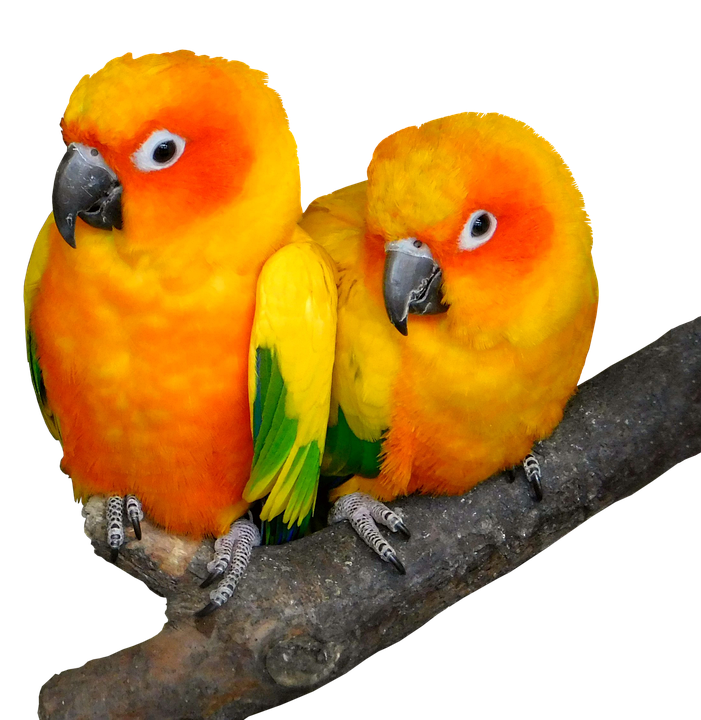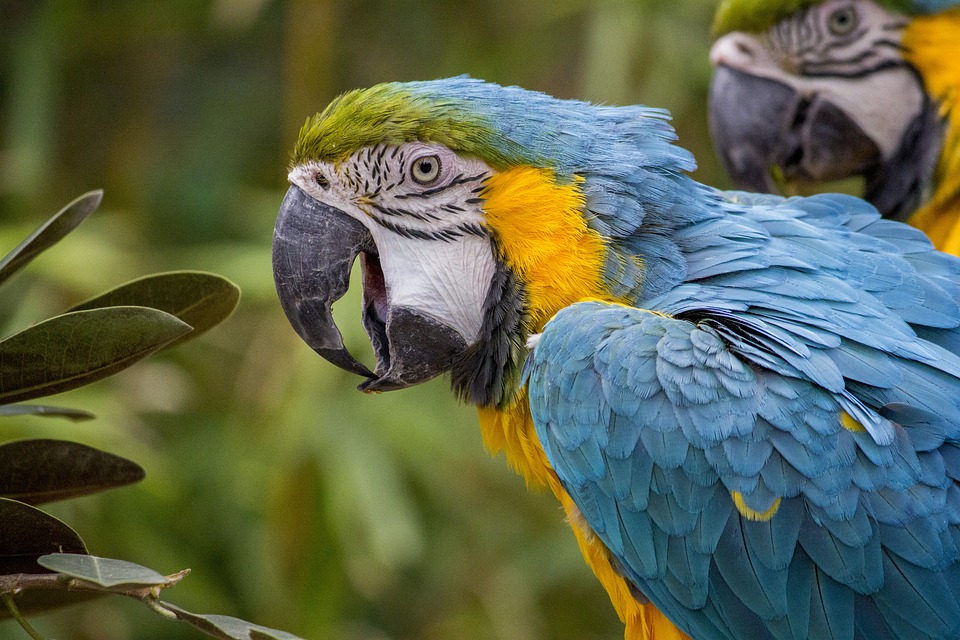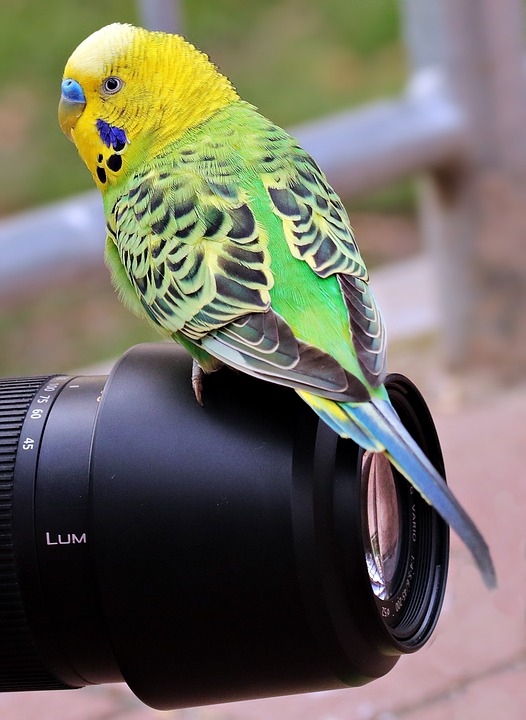Parrots are fascinating creatures known for their intelligence, vibrant plumage, and ability to mimic human speech. However, living with a parrot can sometimes pose challenges, especially when it comes to their behavior. Fortunately, positive reinforcement can be a powerful tool in promoting desirable parrot behavior. In this article, we will explore the principles of positive reinforcement and provide valuable tips for encouraging positive parrot behavior. Let’s dive in!
Understanding Positive Reinforcement and its Role in Parrot Training
Positive reinforcement is a training technique that involves rewarding desired behaviors to encourage their repetition. This approach focuses on rewarding the parrot for exhibiting good behavior rather than punishing or correcting unwanted behavior. By reinforcing positive behaviors, parrots learn to associate these actions with positive outcomes, ultimately fostering a harmonious and rewarding bond between the parrot and its caregiver.
Creating a Positive Reinforcement Plan for Your Parrot
To successfully implement positive reinforcement techniques, it is essential to establish a well-structured plan tailored to your parrot’s individual needs. Here are some steps to consider:
1. Identify desired behaviors: Begin by identifying specific behaviors you wish to encourage in your parrot, such as stepping up onto your finger, using appropriate vocalizations, or being calm during interactions.
2. Choose appropriate rewards: Determine which rewards your parrot finds most motivating. This could include verbal praise, favorite treats, head scratches, or access to toys.
3. Timing is everything: Ensure that you deliver rewards immediately after your parrot displays the desired behavior. This helps your parrot make a clear association between their action and the reward.
4. Consistency is key: Consistency is crucial in parrot training. Rewarding your parrot consistently for desired behaviors, while ignoring or redirecting unwanted behaviors, helps reinforce the understanding of what is expected from them.
5. Gradual progression: As your parrot becomes proficient in displaying the desired behavior, gradually reduce the frequency of rewards while maintaining occasional reinforcement to reinforce the behavior.
Effective Positive Reinforcement Techniques for Parrot Behavior
Now that you understand the principles of positive reinforcement, let’s explore some effective techniques to encourage positive parrot behavior:
1. Clicker Training: Clicker training is a popular positive reinforcement technique that pairs a distinct clicking sound with a reward. By clicking the clicker immediately after your parrot performs a desired behavior, you can reinforce that behavior effectively.
2. Target Training: Target training involves teaching your parrot to touch a specific object, such as a stick or a target, with their beak or foot. This technique can be useful in redirecting your parrot’s attention or encouraging them to move to a desired location.
3. Social Interaction: Positive social interaction is essential for parrots. Spend quality time with your parrot, engage in gentle play, and provide them with mental stimulation through toys and puzzles. Reward your parrot with praise and treats when they engage in appropriate interactions.
4. Environmental Enrichment: Parrots are intelligent and active birds that require mental and physical stimulation. Provide a variety of toys, puzzles, and foraging opportunities in their environment to keep them engaged and prevent boredom.
5. Modeling Behavior: Parrots are excellent imitators. Use this to your advantage by demonstrating desired behaviors yourself. For example, if you want your parrot to learn a specific vocalization, consistently model that sound to encourage them to mimic it.
FAQs – Frequently Asked Questions
Q: How long does it take for positive reinforcement techniques to show results?
A: The time it takes for positive reinforcement techniques to yield results varies from parrot to parrot. Some may respond quickly, while others may take more time. Patience and consistency are key.
Q: Can positive reinforcement alone address all behavior issues in parrots?
A: While positive reinforcement is a powerful tool, it may not be sufficient to address all behavior issues. In some cases, seeking guidance from a certified avian behaviorist may be necessary.
Q: Are there any behaviors that should not be reinforced?
A: Undesirable behaviors such as biting or excessive screaming should not be reinforced. Instead, focus on redirecting their attention to more appropriate behaviors and rewarding those.
Q: Can positive reinforcement be used to train older parrots?
A: Absolutely! Parrots of all ages can benefit from positive reinforcement techniques. Older parrots may take longer to learn new behaviors, but with patience and consistent training, positive results can be achieved.
In conclusion, using positive reinforcement techniques can be highly effective in encouraging positive parrot behavior. Remember to tailor your approach to your parrot’s unique needs, remain consistent, and practice patience. With time and effort, you can foster a strong bond with your parrot while shaping desirable behaviors that will make your lives together more enjoyable.









